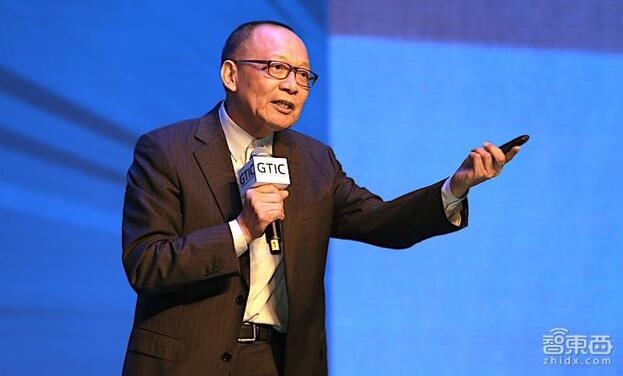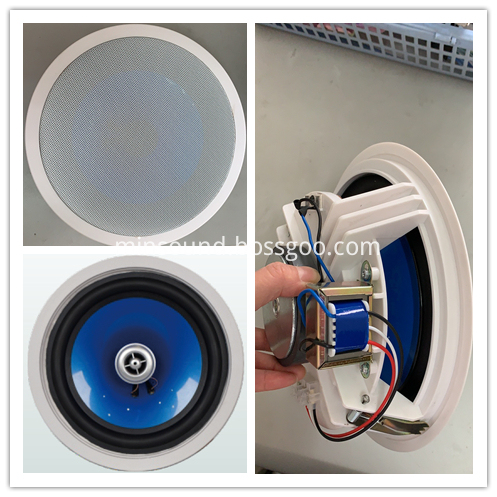On March 10th, the "GTIC 2017 Global (Smart) Technology Summit" was jointly held by Zhishen, AWE, and Qiguo at the Shanghai Zendai Himalayan Center. The academic, investment, entrepreneurial and industrial chains are in a fierce battle here, NVIDIA, Neato RoboTIcs, Keda Xunfei, Shangtang Technology, Cobos Robot, Ninebot, Weimar, Singular, é©Nearly 40 large-scale squadrons such as Power Technology, Goer shares and Horizon Robots took turns.
As the highest-profile summit in the field of artificial intelligence in the first half of 2017, GTIC focused on the "robot industry", "new car power", "home life", and explored the opportunities, consumption upgrades and ecological construction under the technological transformation. Come to the forefront of practical experience and judgment.
In the morning speech session, Li Deyi, academician of the Chinese Academy of Engineering and director of the Artificial Intelligence Society, delivered a keynote speech entitled “Technology Changes in Autopilotâ€, which deconstructed the difficulties and core elements of artificial intelligence in autonomous driving and assisted driving. And the current application phase and future direction of autonomous driving.

The following is a summary of the key points of Academician Li Deyi's speech:
1. Artificial intelligence can provide home appliance manufacturers and consumers with the functional upgrade from the manufacturing to the service industry, humanization and personalization. Automation without artificial intelligence has touched the development of the ceiling. Existing home appliance manufacturers need to change their thinking and increase their learning functions. For example, a sweeping robot that does not have the ability to learn can only be cleaned by the random collision mode, which is inefficient and easily damaged.
2, the car will one day be able to automatically drive in a closed structured road environment like the subway or high-speed rail, to achieve automatic driving + intelligent network. Bundle autopilot and network capabilities. Relying on 5G, mobile Internet, cloud computing and big data, relying on road infrastructure construction and location services, smart car alliances have unlimited imagination.
3, 1-5 levels of automatic driving (assisted driving, partial automatic, conditional automatic, advanced automatic, fully automatic), automatic driving to start the computer program, let the car automatically open, if the program is not suitable, then the person to adjust program. Essentially, the programmer teaches the robot to drive through the program, and the car becomes a software-defined machine that realizes automatic driving. Auto-driving cars don't need to be individual.
4 , due to the occasional, super-strong, random weather, road and social environment disturbances encountered in the transportation process, the existing car cognitive ability can not match the common means of transportation more than one hundred years ago: horses. Therefore, one of the key points of autonomous driving is to develop a smart agent that materializes the driver's online cognition—driving the brain, releasing people's attention and releasing people's driving cognition; replacing the driver's work with a robot is independent decision-making and A cognitive subject of behavioral ability to achieve autonomous driving.
Therefore, for autonomous driving, Academician Li Deyi put forward a key conclusion: automatic driving, difficult to anthropomorphic, not only in the car. The mission of artificial intelligence is to accelerate the transition of cars to interactive wheeled robots.
5. The difficulty in research and development of smart cars is not only the nature of car dynamics and various sensor requirements, but more importantly, it is necessary to develop a “machine-driven brain†that is as online as the driver, simulating the realization of human independence in the circuit. Forecasting and control to respond to uncertainties in the driving of the vehicle. Now, the autonomous driving of people in the loop allows the car factory to simulate, and the research and development of the robot driving brain is done by the car manufacturer. The requirements for the car manufacturers are too high.
6, the future development requirements of autonomous driving chips: "one big one small, two high and two low" - large interface, small size, high performance, high reliability, low power consumption, low cost. Microelectronics technology can be used to produce dedicated chips and boards using CPU+GPU+FPGA+ASIC architecture to develop driving brains.
7. During the 130 years of automobile development, the dynamics of vehicle dynamics has been quite perfect. The great success of ergonomics has led to the decoupling of longitudinal control and lateral control, which laid the foundation for the autonomous driving and dual-drive dual control of smart cars. With the development of assisted driving ADAS: auxiliary people, auxiliary unmanned, fully automatic driving vehicles. In the next century, there will be situations of manual driving, local automatic driving and self-driving driving. This sustainable development will inevitably lead to the transformation of ADAS. In the future, wheeled robots can interact with a variety of people. The future of "driver-driven, human intervention, and human-machine synergy" is imperative.
Hot selling Minsound series ceiling speakers produce clear and loud sound of high-fidelity in a wide coverage.
We have different models of ceiling speakers with different power ,speaker unit and size,
It is ideal choice for home theatre, meeting room, shopping mall, lecture room,classroom and so on.
Ceiling Speaker,Ceiling Loudspeaker,in Ceiling Speaker,in Ceiling Speakers,Ceiling Mount Speakers
Taixing Minsheng Electronic Co.,Ltd. , https://www.ms-speakers.com
